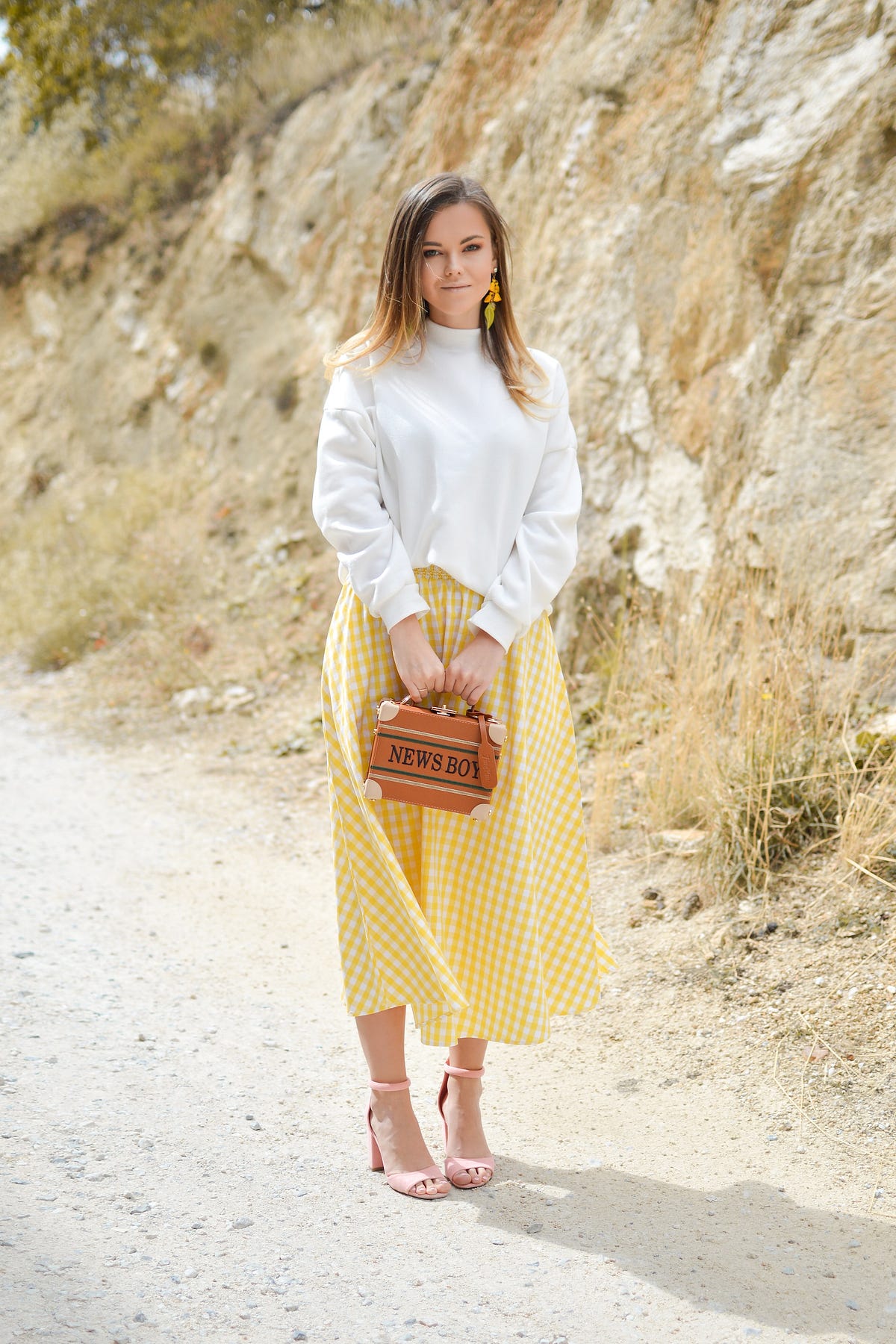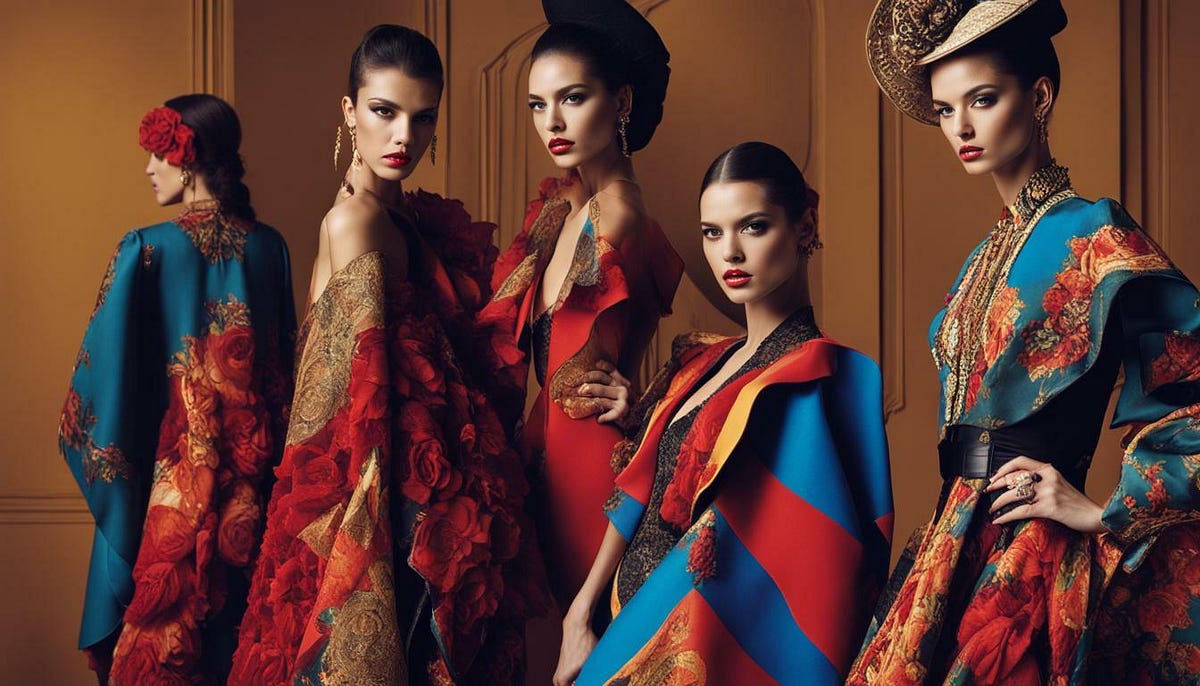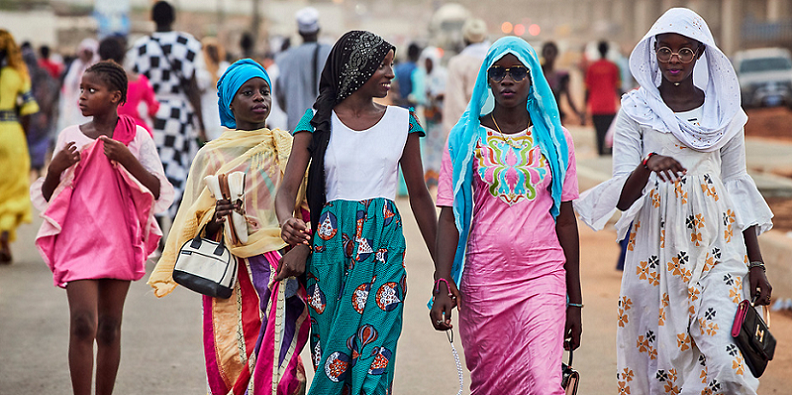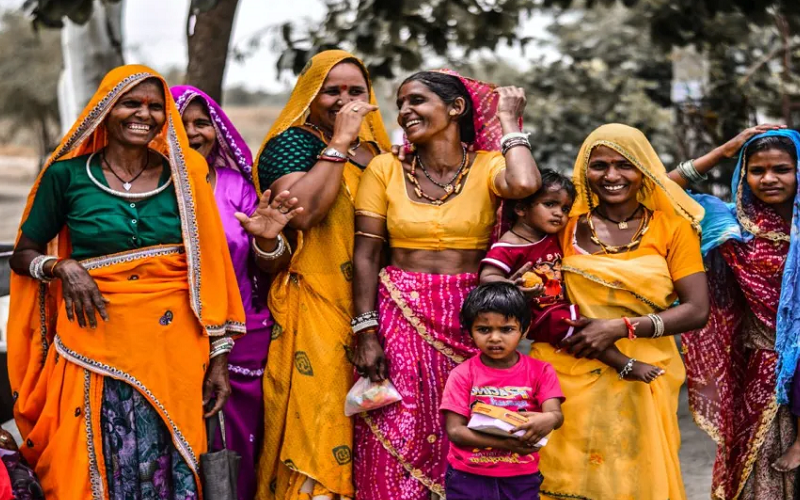Fashion is a dynamic art form that is continuously shaped by cultural influences. These influences stem from a variety of sources, including historical practices, social norms, and the rich tapestry of traditions from around the world. Understanding how these cultural elements inform fashion design is crucial for recognizing the language of fashion and its role in self-expression and identity.
Traditional Textiles and Cultural Heritage

Cultural influences on fashion often originate from traditional garments and textiles that hold deep historical significance. Clothing serves as a canvas where culture and identity converge. For example, traditional textiles such as Indian saris, Japanese kimonos, and African Ankara fabrics are celebrated for their intricate patterns and colorful designs, which tell stories of their respective cultures. This interplay is evident as designers utilize these cultural textiles in modern wearable art, thereby bridging the past with the present[1][9].
Designers frequently draw inspiration from traditional clothing styles, adapting them to create contemporary collections. This admiration for heritage is seen in the continuing evolution of styles like the kimono, which represents not only Japanese elegance but also the global trend of including traditional forms in modern designs. As cultures intermingle, elements from various traditions enrich the design narratives in global fashion[5][11].
Cultural Significance and Symbolism

Fashion acts as a reflection of cultural identity, encapsulating societal values, beliefs, and historical legacies. Each clothing item may emerge from a set of meaningful cultural symbols, crafting a narrative through style choices. For instance, the use of religious symbols in fashion highlights how clothing can embody beliefs and cultural heritage[2][8].
Moreover, elements like vibrant colors and specific patterns often carry significant meaning. In West African fashion, for example, the Ankara fabric's bold designs reflect personal and community stories. By incorporating these textiles, designers not only honor tradition but also emphasize the importance of cultural context[7][11].
Cultural festivals such as Holi in India or the Rio Carnival in Brazil inspire designers, reflecting the unique colors and styles associated with these celebrations. These events often grab the attention of the fashion world, as designers adapt and incorporate festive aesthetics into their collections, further intertwining cultural narratives with fashion[6][10].
Globalization and Cross-Cultural Exchanges

Globalization has played a pivotal role in shaping contemporary fashion trends, facilitating cultural exchanges that intertwine various influences. Fashion designers today frequently fuse elements from diverse cultures to create innovative styles that resonate on a global scale. This blending is not only a source of creativity but also a catalyst for promoting cultural understanding and appreciation[3][6].
However, the rise of globalization also raises issues of cultural appropriation. This occurs when elements from one culture are integrated into another without proper acknowledgment or respect for their origins. Designers are increasingly called to engage in responsible practices that honor the cultural significance of the designs they use. For example, the use of Native American headdresses or African prints has sparked discussions about the fine line between cultural appreciation and exploitation[2][4].
As a response to these challenges, many fashion houses are now collaborating with artisans from different cultures to ensure that their designs reflect genuine cultural narratives. These partnerships aim to acknowledge the importance of ethical representation, which enriches both the design process and the brands’ credibility[8][9].
Diversity and Inclusion in Fashion

The push for greater diversity and inclusion within the fashion industry signifies a change in how cultural influences are applied. The emphasis on representing various ethnicities and cultural backgrounds on runways and in advertising campaigns is essential for breaking down long-standing barriers in fashion. Designers are increasingly showcasing models from diverse backgrounds, which challenges the conventional beauty standards previously dominant in the industry and reflects a more inclusive approach to fashion[6][10].
Consumer attitudes toward culturally influenced designs are shifting as well. A growing number of consumers express a desire for authenticity and ethical engagement, favoring brands that respect cultural origins. Younger generations, in particular, show an eagerness to embrace and celebrate cultural diversity through fashion, perceiving it as a form of cultural appreciation and empowerment[3][4].
In this evolving landscape, fashion not only serves as a means of self-expression but also as a vehicle for cultural dialogue and mutual respect. Designers who successfully navigate these complexities can create collections that resonate with a global audience while promoting a respectful narrative that honors traditional practices[1][5].
Conclusion

Cultural influences are integral to the evolution of fashion design, shaping trends and styles while fostering dialogue and understanding among diverse cultures. As traditional craftsmanship marries contemporary aesthetics, fashion becomes a rich narrative that reflects societal values and heritage. In a world where fashion serves as a powerful expression of cultural identity, it is essential for designers and consumers alike to engage with these influences respectfully and ethically—embracing the beauty of diverse cultural tapestries in a shared global fashion narrative. By doing so, the fashion industry can continue to evolve, cultivate inclusivity, and honor the artistic expression rooted in its myriad cultural influences.
Get more accurate answers with Super Search, upload files, personalized discovery feed, save searches and contribute to the PandiPedia.
Let's look at alternatives:
- Modify the query.
- Start a new thread.
- Remove sources (if manually added).
- Request a manual search from our human research team.